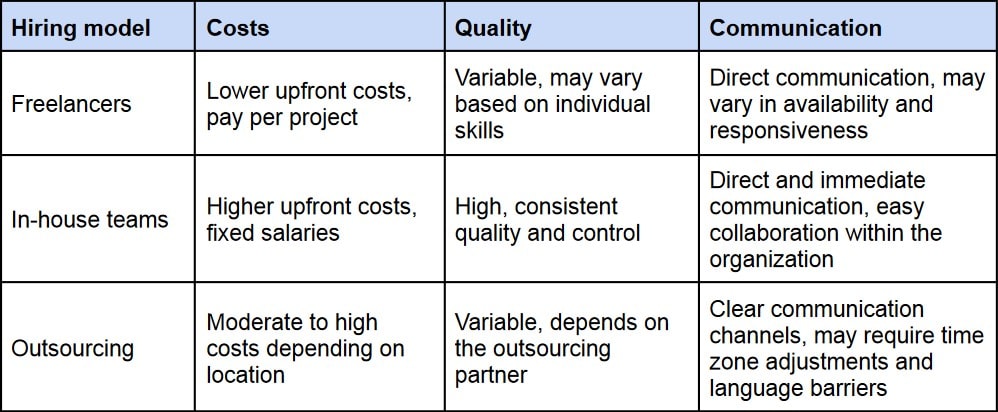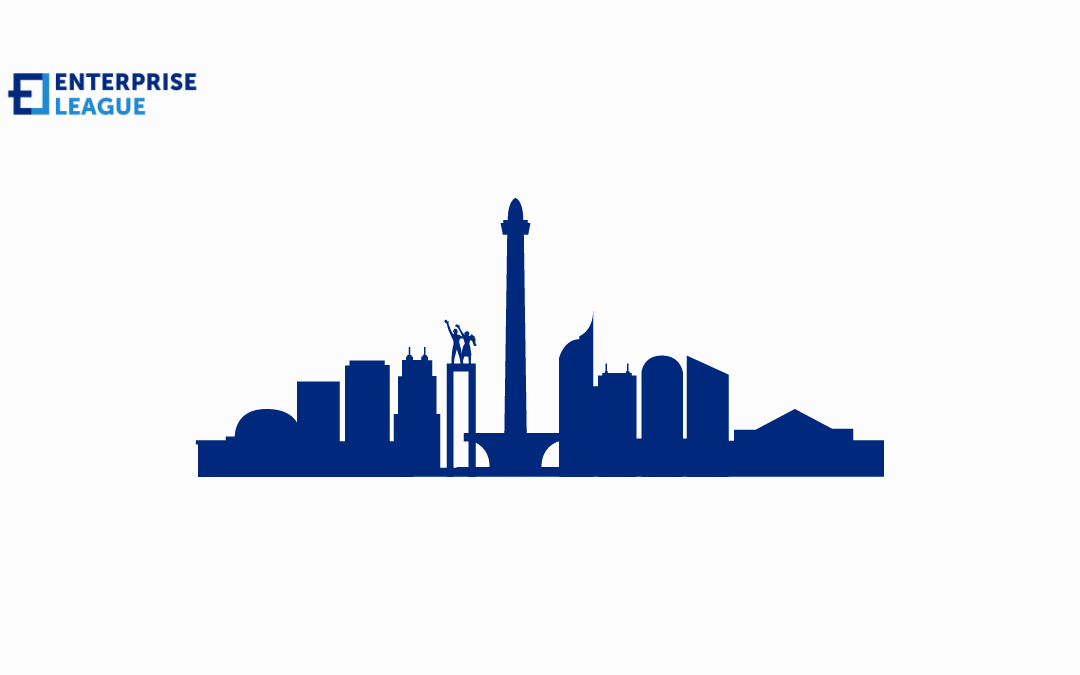Let’s explore some of the tools and strategies that will make your business travel smoother, more productive an staying business connected while travelling.

Understanding software development costs
It doesn’t matter if you’re a startupper or an experienced developer, understanding development costs is pretty important. So when you ask, “How much does software development cost?”, you need to think about all the nuances that can influence the expenses. Read the article till the end for some advice on how you can launch your software project more efficiently.
The fundamentals of software development
Software development is a carefully planned process that includes the creating, developing, configuring, and testing apps to ensure they perform properly. Think about the applications on your phone that make routine tasks easier, or the large systems that major corporations use to carry out their operations. These apps influence how different types of work are done. Understanding the intricacies of the development process becomes essential for stakeholders who want to use technology and achieve their goals more efficiently.
Exploring the spectrum of software types
Software development includes a range of applications, each adapted to meet individual requirements and goals. Understanding the features and implications related to custom software development costs is vital for managing development efforts with corporate objectives. Let’s consider each of them:
Minimum viable product
An MVP is a simple version of your software. It has only the necessary features, which can help you determine user satisfaction with your product.
The cost of developing an MVP is determined by: team hired, product complexity, computer languages, and tools. The price ranges from $10,000 to $50,000. An MVP is a low-cost option for those who wish to experiment with innovative ideas.
Simplified app
These are tailored solutions with minimal complexity that satisfy specific user needs. Their limited set of features results in lower development costs.
The typical cost of software development ranges from $20,000 to $100,000. It is determined by the complexity of the features, design requirements, and interaction with other systems or services.
Average-scale app
These apps find a compromise between features and cost. They cater to a larger audience and have more features.
The cost of developing software ranges between $50,000 to $250,000. The price is determined by feature complexity, platform compatibility requirements, and interaction with third-party APIs or services. While the initial cost for average-scale apps is higher, they provide more flexibility and scalability.
Full-scale app
These applications represent the highest level of software development. They provide users with new features, enhanced user interfaces, and cross-platform compatibility. Moreover, full-scale apps can help businesses gain a competitive advantage.
The development expenses range between $100,000 and $1,000,000. It is a worthwhile option for businesses aiming to provide a high-quality user experience.
Factors that affect software development costs
The software development costs depend on a variety of factors. Learning their nuances can help entrepreneurs make better decisions. Therefore, they will use their money and resources more effectively.
Complexity of the project
Projects with complex functionality, extensive integrations, or advanced technology often demand more time and resources, which leads to greater software development costs. Simpler projects, on the other hand, with well-defined needs and clear objectives, may have lower development costs.
Technology stack and platform
Updating the technology you use can provide business an advantage by increasing speed, development potential, and user satisfaction, but it can be more expensive. Sticking with existing technologies and platforms is less expensive, but it may stifle future growth and implementation of new ideas.
Features and functionalities
Each extra feature, integration, or customisation increases the time and resources needed for development, resulting in increased total costs. Prioritizing essential features and utilizing iterative development methodologies can help you save money while still providing value to your customers.
Development team and expertise
The location and talent of your development team can have a significant impact on development costs and the quality of your product. Typically, there are three options. You can hire freelancers, form your own team, or outsource the project to another organization.

Timeline and project management
Delays, scope creep, and inefficiencies may all contribute to budget overruns and risk project success. Stakeholders may reduce risks and keep projects under budget by applying agile processes, creating clear communication channels, and prioritizing deliveries.
Tips for optimal development decision-making
Navigating the intricacies of software development expenses requires strategic planning, effective decision-making, and proactive risk mitigation. Consider the following suggestions to optimize development efforts and maximize return on investment:
- Define clear requirements: Describe project requirements, objectives, and success criteria in detail to ensure that developers understand the project’s scope and expectations.
- Conduct comprehensive research: Investigate multiple development options, technology stacks, and service providers to choose the most beneficial solutions depending on project needs and financial restrictions.
- Evaluate long-term implications: Consider the software’s scalability, maintenance, and support requirements after the original development phase to save future expenses and simplify further development.
- Seek expert advice: Engage with experienced developers, technology consultants, and industry experts to learn about new trends, best practices, and possible risks.
- Balance cost and ROI: Strive for a balance between development expenses and expected return on investment by prioritizing features that provide actual value to end users and correspond with corporate goals.
Conclusion
Knowing software development expenses is essential for stakeholders who want to use technology to fulfill their business goals successfully. Organizations can maximize their software development efforts for success by understanding the aspects that influence software development costs, using strategic cost management methods, and taking a proactive approach to decision-making.
More must-read stories from Enterprise League:
- Warning signs of a terrible boss that everyone must be aware of.
- Tactics for using TikTok marketing for your small business successfully.
- The best apps for entrepreneurs that will help you achieve your goals.
- Learn how to deal with rude customers in a creative way.
- Are there any benefits of having a 80 hour work week?
Related Articles
How to stay business connected while travelling
Understanding cryptocurrency basics: Advantages, challenges and how it works
This article explains the basic facts about cryptocurrency, its underlying technology, popular cryptocurrencies and pros and cons of these digital assets.
The future of business education: Online vs. on-campus learning
Let’s take a closer look at the future of business education and compare the benefits offered by the online business education and on-campus education.
Why content marketing still matters: 12 reasons to start now
Content marketing isn’t just a trend, but foundation of many successful marketing strategies and that’s why we’ve listed few reasons why you should start now.
Online green marketing: Best strategies for business sustainable future
Change your digital presence with online green marketing tactics and learn how to show your sustainability initiatives and connect with your audiences.
















